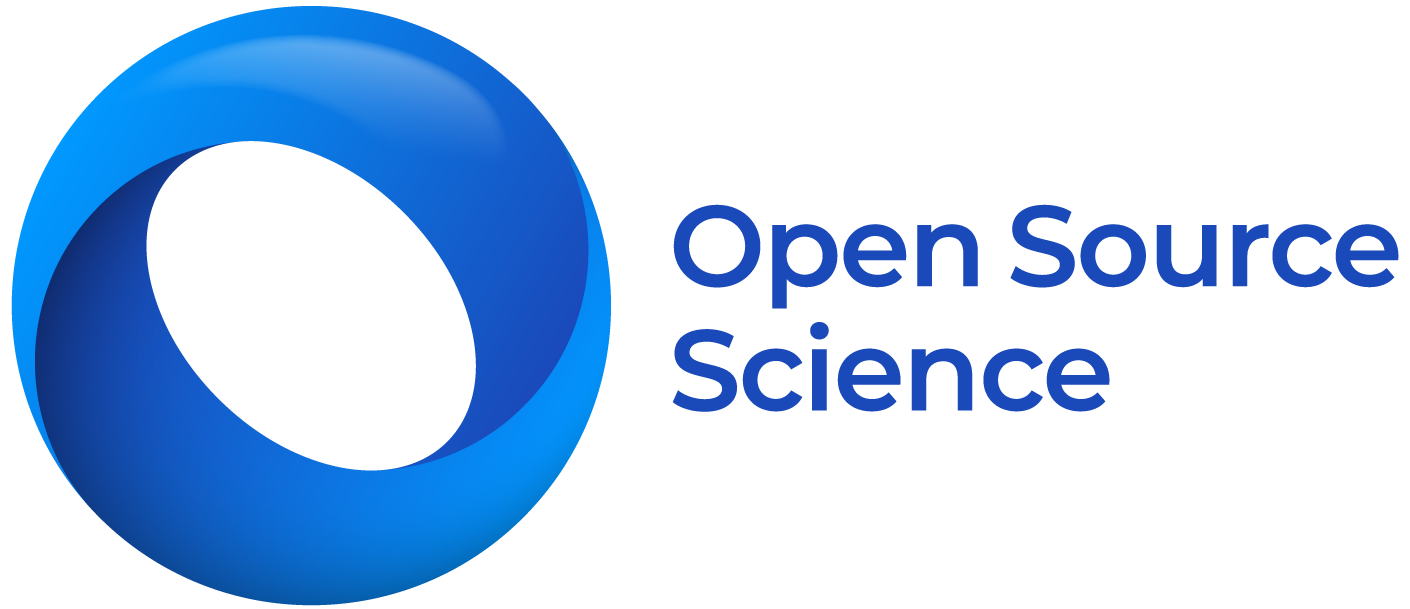An open source pharma roadmap
The scientific and medical community has discovered and developed many groundbreaking medicines that have had a major impact on public health. However, drug development is challenged by a widening gap between health needs and the pharmaceutical industry’s motives and business model, alongside a decrease in efficiency per research dollar spent in medicinal product research and development (R&D), a trend known colloquially as Eroom’s Law.
Such fundamental challenges result in frequent high-level calls for new initiatives to develop therapeutics and bring them to market. These include market push and pull mechanisms such as priority review vouchers, advance market commitments, and public R&D funding. New organizational models have also emerged, including public-private partnerships (PPPs) and not-for-profit product development partnerships (PDPs) (for example, the Drugs for Neglected Diseases Initiative [DNDi], the Medicines for Malaria Venture [MMV], and the Global Alliance for Tuberculosis Drug Development [TB Alliance]) that often apply a full “de-linkage” model in which the price of medicines and the cost of R&D are uncoupled.

